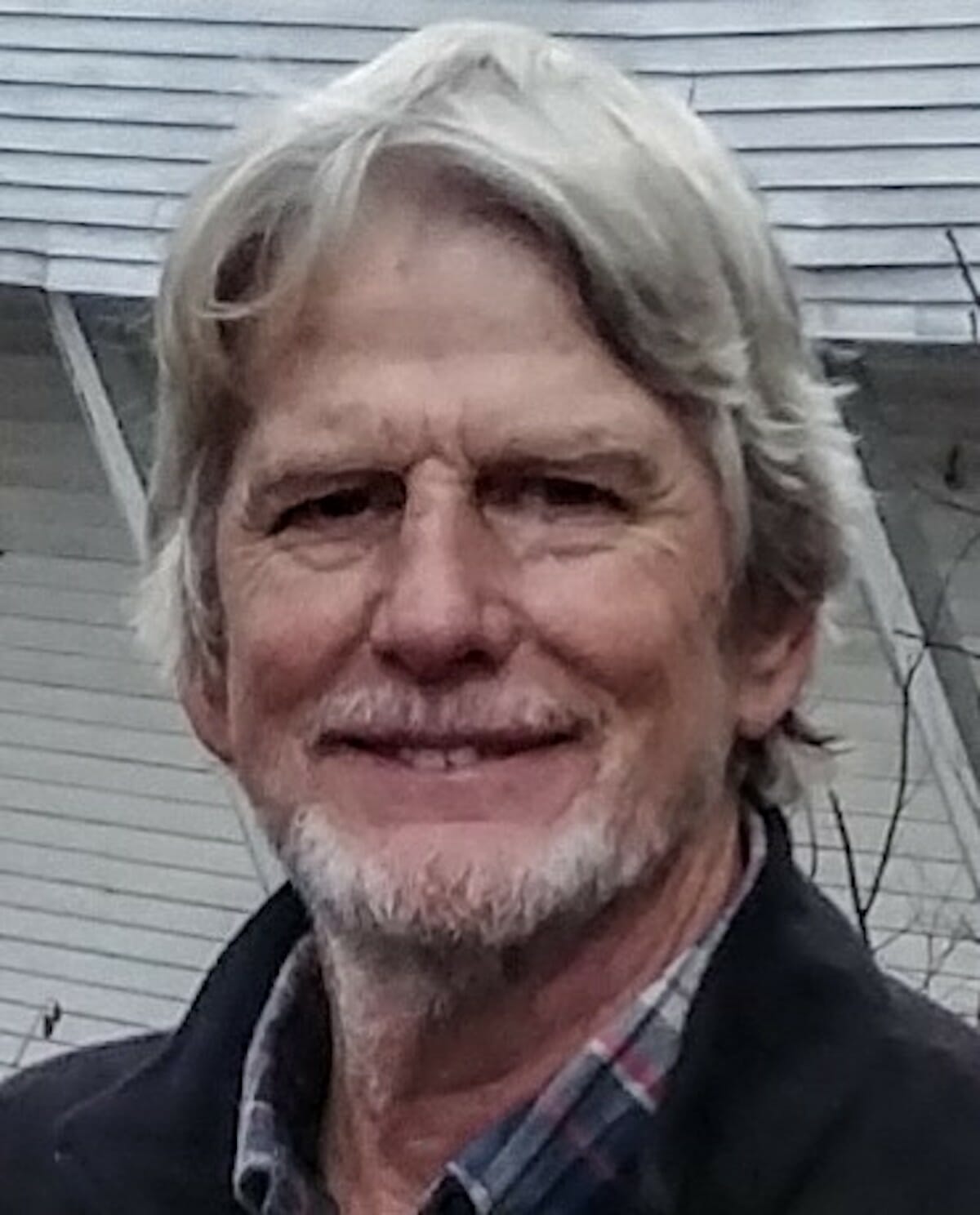By Scott Graber
It is Thursday, early, and we’re en route to Massachusetts.
This morning I’ve been thinking about my father, long gone, who lived his adult life in a laboratory, usually an army lab in Denver or San Antonio, where he tested for staphylococcus, streptococcus and pseudomonas. Towards the end of his life he settled into a teaching job at MUSC in Charleston, where he got summer jobs for me.
In those days, the late 60s, the area around the Medical College — Calhoun, Rutledge and Barre Streets — tended to flood when rain coincided with a high tide. Lockwood Drive often became lake-like as cars plowed through these waters like the nearby yachts plowed up the Ashley looking for anchorage.
But that is about to change.
Right at the moment the City of Charleston is installing three, diesel powered pumps that are capable of removing 360,000 gallons of stormwater water (every minute), drying-out and stabilizing 500 acres in Charleston’s Medical District.
These pumps are part of a larger effort to stabilize the buildings, streets and ancient infrastructure on Charleston’s historic peninsula knowing that dozens of gauges (bobbing off the Atlantic coast) are registering sea levels that are at least 6 inches higher than they were 14 years ago.
“The water level in Charleston, S.C., hit the forth-highest mark since the City began keeping track in 1879,” the Washington Post writes, “with the City’s average rising seven inches since 2010.”
And, of course, Charleston is not alone in this effort to hold back the tide. Galveston, Texas, is essentially in the same predicament with regard to its historic “Strand” area.
“Our drainage system is gravity fed right now. What you get, sometimes, in high tides, is water coming backwards, out of the bay and out of the harbor. It comes through the storm drains and floods the City,” says Mayor Craig Brown. “We will probably, eventually, need to strive for eight to 10 pump stations on the Island.”
It is interesting that one of the facilities that Galveston wants to save is the University of Texas Medical Facility.
Everyone in Beaufort knows that there is opposition, from folks living on the Point, to the two pumps that are planned for Federal Street. Their criticism is that these pumps are not needed. The argument is that the current drainage pipes are ancient, often clogged, and replacing those pipes will do the job.
In this connection, I called Mike Horton, the Davis and Floyd engineer who is responsible for the King Street Drainage Project, who said, “We modeled a scenario where we compared newer, larger pipes (only) against the pump-assisted system we have planned.” he said.
“That comparison showed improved drainage, and some parts of the Point would be protected. But that improvement was only 20% of what you get using the pumps.”
Another criticism is that the back-up generator is not really needed. And, indeed, that partially buried piece of equipment is large, and camouflaging it has proved to be difficult.
“But these storms events often come with a power outage,” says Horton.
“Right now we’re looking at a back-up generator mounted on a truck, but that solution presents problems in terms of time, and parking, and keeping the generator maintained and ready for use,” he says.
Horton says that his company is also modeling the Federal Street pumping station, “We’re going to show what the pump building will actually look like. So far we’ve only rendered the shape without putting it into the context of its surroundings — or shown the structure in the water.”
Soon these evolving designs (for the pump house and back-up generator) will be presented. Also, there will be a meeting between the City of Beaufort and DHEC’s Office and Coastal Resource Management. These meetings will surely involve weighing the benefits of pumps (and a backup generator) against the architectural hand grenade promised by the Point people.
This is not to diminish the Point people and their concerns. But soon it will be time for them to present their sea level data; studies showing the diminished value of their homes; engineering numbers showing that the enlarged pipes, alone, will provide more than the 20% improvement anticipated by Davis and Floyd.
Pumps have been around since the 3rd Century BC when Egyptian farmers used the Archimedes’ screw to lift water from the Nile and into irrigation ditches. These two pumps will not give us grain; but maybe we will get a measure of protection.
We’ll see.
Scott Graber is a lawyer, novelist, veteran columnist and longtime resident of Port Royal. He can be reached at cscottgraber@gmail.com.






